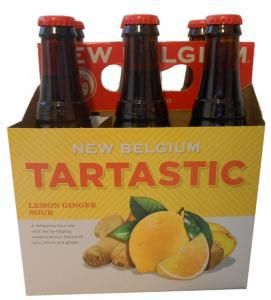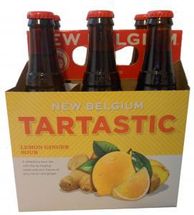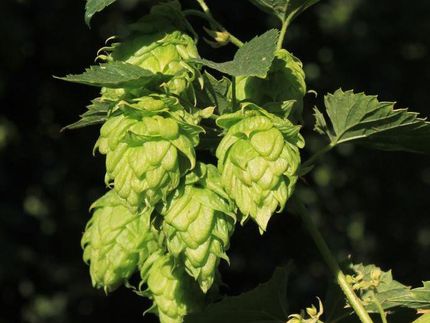Will sour beers lead to sweet success?
Advertisement
Sour flavors are closely associated with sugar confectionery and beverages such as kombucha or drinking vinegar, but brewers are increasingly experimenting with sweet and tart beer.

New Belgium Tartastic Lemon Ginger Sour Beer (US)
Mintel

Boatrocker Brewing Co. Jungle Jive Sour IPA (Australia)
Mintel

Brekeriet Beer Sour Patch Pink Passion Beer (Sweden)
Mintel



While the number of launches of sour-flavored beers remain relatively small globally, they are on the rise. Sour beers are appealing to those with adventurous flavor preferences, but the tart brews are also attracting attention for delivering refreshment suited for hot weather and post-exercise consumption.
Thirst-quenching sour beers can target athletes
The US leads global innovation of sour-flavored beer and one of the most noteworthy US releases has been SeaQuench Ale Session Sour from craft brewery Dogfish Head. SeaQuench Ale is a blend of three beer styles – kolsch, gose and Berliner weisse – that is brewed with lime zest, black limes and sea salt.
According to Dogfish Head, SeaQuench Ale has become the fastest growing beer in the craft brewery’s 23-year history. Partially fueling its success, SeaQuench Ale was recognized by fitness magazines such as Sports Illustrated and Men’s Health magazine, which named it the Best Low-Calorie Beer in 2017 and 2018. Men’s Health said SeaQuench Ale “may be the world’s most thirst-slaying beer,” suggesting that more brewers can target tart beers to fitness enthusiasts.
A small selection of light beers, led by Michelob Ultra, have promoted their lower calorie and carbohydrate content to athletes and health-conscious adults. But SeaQuench’s success presents an opportunity for more sour beers to promote their thirst-quenching tart flavor to active consumers who want a post-activity beer.
Sour candy segment shows broad age appeal potential for sour flavors
Sour-flavored beer can take a cue from sour candy in targeting a wide audience. Use of sour flavors has increased globally in the gum and confectionery sector, offering an antithesis to overly sweet candies, while also providing consumers with a flavorful, memorable punch.
In many markets, soured flavor confectionery products are most popular among younger adults, who are often more experimental with flavors. Yet some confectionery brands have started to actively target adults with more mature sour confectionery. For example, Finland’s Pandy Protein offers Sour Plates Protein Candy that provide 16g protein per 70g serving. The functional Sour Plates Protein Candy provide a sour confectionery formulation for an adult audience that is interested in health and wellness, which is similar to the demographic that has embraced SeaQuench Ale.
Tart flavors of kombucha present a potential audience for sour beer
Sour beers also can target kombucha fans, a small but dedicated niche of consumers who might be more accepting than traditional consumers of tart flavors in beverages. In the US, kombucha is consumed by one in five older Millennials (born 1977-1986) and one in 10 younger Millennials (born 1987-1994). More brewers can target kombucha fans by emulating kombucha flavors.
In addition, brewers can collaborate with kombucha brands and create hybrid products. In spring 2018, brewer Rogue Ales & Spirits released Kulture Clash, an imperial blonde ale blended with kombucha tea from Brew Dr. Kombucha. The beer is described as an “explosive collision” with kombucha that combines “the unique tangy flavors of a custom-brewed kombucha with a Rogue imperial blonde ale specifically brewed to complement it.”

























































